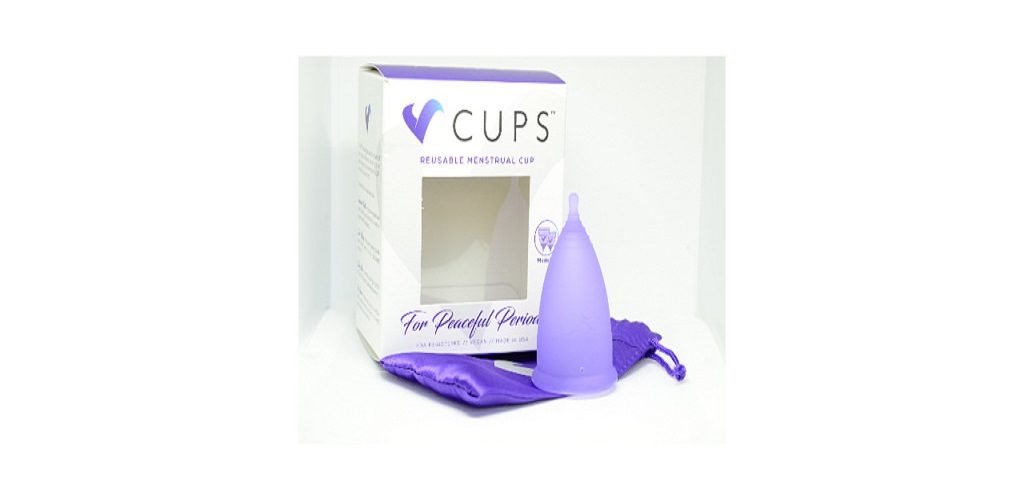Tampons are the most popular period protection option in the world. If you’re currently using them, you might think that they work pretty well. After all, they protect against leaks during your period. However, there are a number of reasons why you might consider switching to a menstrual cup. In case you don’t what they are, I’ll give you a brief overview.
Menstrual cups are made from medical grade silicone and are inserted into your vagina to collect menstrual fluid. The best part is that they’re reusable and can last for years. Some of the most popular brands around the world include the Diva Cup, MoonCup, and the Lunette Cup. Of course, availability varies widely, depending on where you live. Check out all the options here: Menstrual Cup Reviews.
Let’s get into a few of the reasons why you might want to make the switch from tampons to a menstrual cup.

5 Reasons Why I Switched from Tampons to a Menstrual Cup
Reason #1: Less Waste Going to the Landfill
Estimates vary, but it’s thought that the average person uses more than 11,000 tampons in a lifetime. This number will be quite a bit higher if you have a heavy, long or irregular period. Particularly bad are the tampons that come with plastic applicators, but even the ones without applicators come wrapped in little bits of plastic.
Let’s compare these thousands of tampons to a menstrual cup. Although some companies recommend replacing it every 1-2 years (the Diva Cup), most people find that menstrual cups last for 5-10 years. If the average person menstruates for 40 years, that’s 4-8 cups. That’s certainly much better than 11,000+ tampons.
Reason #2: Toxic Chemicals
Here’s something you might not know. Many of the leading brands of tampons contain trace amounts of toxins in them. They come from the pesticides used on the cotton, as well as the bleaching process during manufacturing. This stuff isn’t great for your body, nor is it great for the environment. Making the switch to a menstrual cup reduces your exposure to these toxic chemicals. Just be sure to stick to a top-quality cup, not one of the very cheap ones that aren’t made from medical grade materials.
Reason #3: Toxic Shock Syndrome
When you consider the number of people using tampons around the world, the risk of getting Toxic Shock Syndrome is actually very low. This is especially true if you only wear you tampon for an absolute maximum of eight hours.
Of course, there are thousands of people who do get this potentially life-threatening disease from tampons each year. Menstrual cups come with a lower risk of TSS, and to date, only one person has gotten it from a menstrual cup. Just be sure to remove your cup every 12 hours and clean it well with soap or a menstrual cup wash. Also wash your hands before inserting or removing it.
Reason #4: Save Lots of Money
Remember those 11,000 tampons? They can add up to more than $2000 over a lifetime. Compare this to a menstrual cup. Something like the Diva Cup costs $30. Over a lifetime, that’s around $200, or 10x less than tampons. Who doesn’t like having more money in the bank at the end of the month?
Reason #5: If you Have a Heavy Period
The final reason you might consider switching from tampons to a menstrual cup is if you have a heavy period. The average tampons holds around 5 ml of fluid, while jumbo ones hold 10 ml. The average menstrual cup holds 25-30 ml, and there are even some with room for up to 40 ml. That’s 3-4x less period hassle when compared to tampons. It’s seriously a game-changer if you have a heavy period.
Ready to Make the Switch?
Welcome to the club. You’ll be joining an enlightened group of people making a great choice for the environment, as well as their health and bank account balance.
Click here for photograph credit for the main photo

